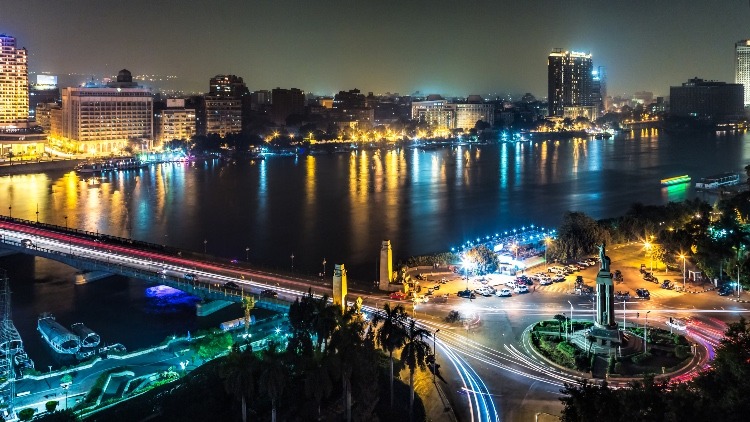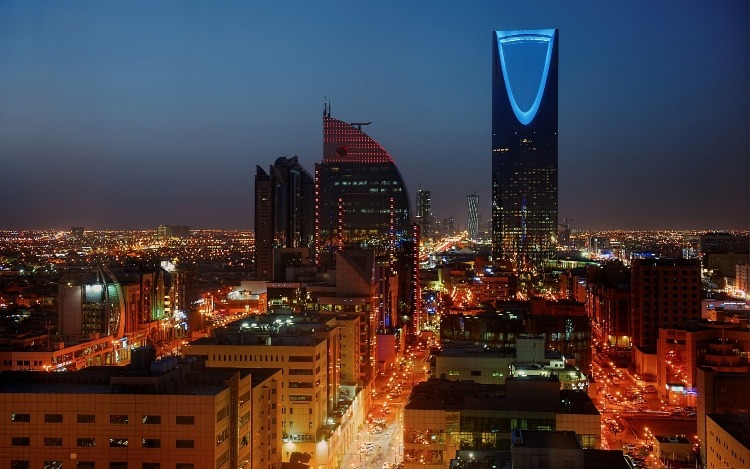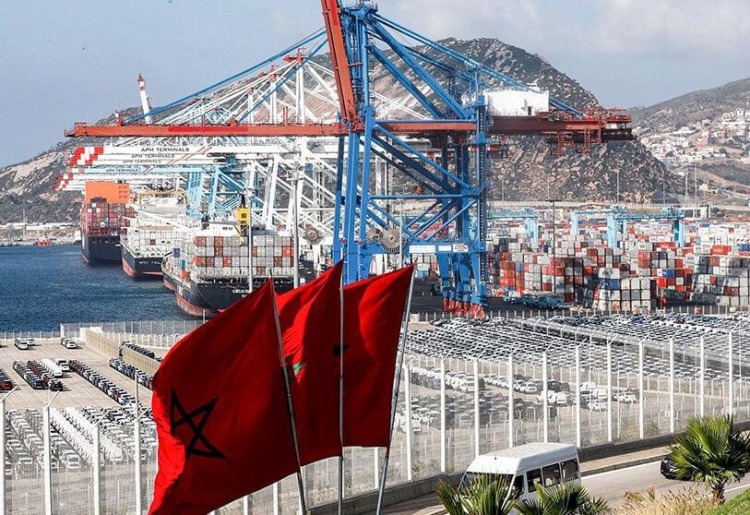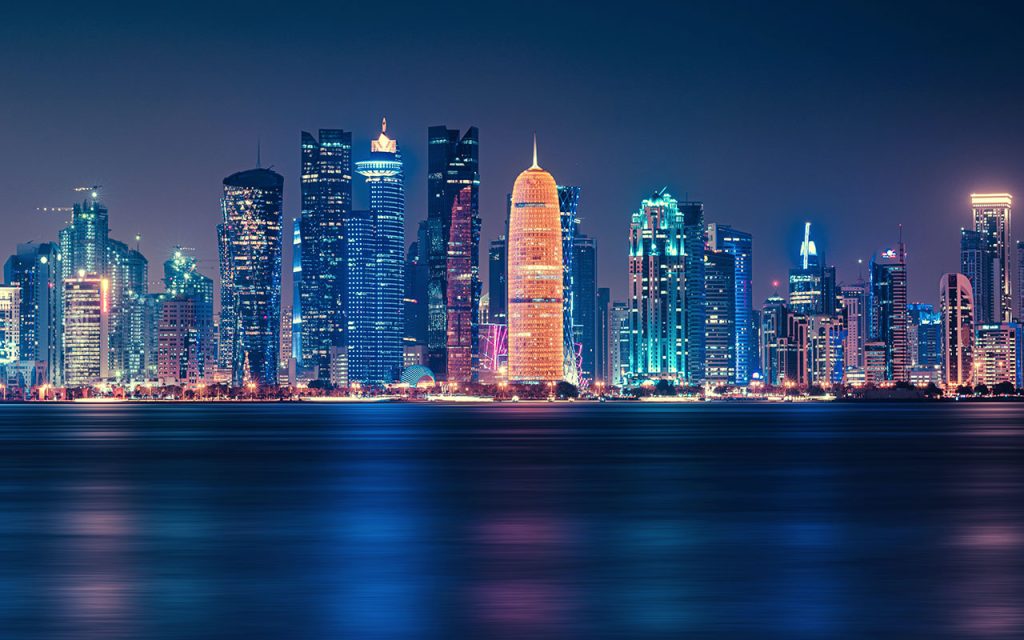The Middle East is best known for its production and export of oil, which has a large economic and labor-use influence on the whole region. However, many of the regional nations have been working on initiatives to diversify their economies in recent years. These initiatives can take the form of smart city projects as well as touristic attractions. To have a better grasp, we will examine some of the most recent developments and the projected growth rates of the Middle East’s economy.
Egypt
According to the Global Economic Prospect June 2022, the World Bank now projects that the Egyptian economy would expand by 6.1 percent in the fiscal year 2021/22. This is an increase of 0.6 percent from the January prediction. Based on that research, Egypt’s economy decreased in the first quarter of 2022 after a boom in the first half of the fiscal year where 80 percent more than pre-pandemic highs were made in export earnings in March. Also, growth in Egypt was revised up to 6.1 percent in the fiscal year 2021/22 due to better-than-anticipated activity during the first half of the fiscal year, which was only partially offset by the effects of the conflict in Ukraine. Food and energy inflation slows income growth and increases input costs in key sectors, and as tourism flows drop, growth is predicted to moderate to 4.8 percent in FY2022/23, a 0.7 percent downgrade according to the World Bank.

Saudi Arabia
As claimed by the World Bank’s Global Economic Update report, Saudi Arabia’s economy is predicted to increase by 7 percent in 2022, above that of other Gulf Cooperation Council nations. The analysis predicts that the Kingdom’s growth in 2022 will be fueled by increasing oil production as a result of production curbs by The Organization of the Petroleum Exporting Countries (OPEC) and ongoing expansion in non-oil industries, supported by stronger domestic demand, increased tourism, and higher capital expenditures. Additionally, Saudi Arabia is attempting to diversify its economy with the construction of NEOM, a new smart city that will include a number of innovative features that will place a strong emphasis on tourism rather than just the oil-producing sector.

Morocco
A still strong but slowing manufacturing performance and a quicker tourism recovery are expected to boost the economy of Morocco according to the World Bank. Over the medium term, potential growth is anticipated to expand due to ongoing changes. The budgetary effects of the health and social protection reforms, as well as the delay of the liquefied petroleum gas and flour subsidy reforms, will prevent the budget deficit from growing as quickly (6.2 percent of GDP in 2022). It is anticipated that public debt would reach a stable level below 80 percent of GDP. Due to rising import costs for food and energy, the current account deficit is predicted to increase to 5.5 percent of GDP based on the World Bank.

Tunisia
According to the African Economic Outlook 2022 study, Tunisia’s GDP growth is predicted to reach 2.5 percent in 2022 and 3.2 percent in 2023. Inflation is expected to increase in 2022 as a result of the conflict between Russia and Ukraine, which has driven up the price of food and oil on international markets and then decline in 2023 as a result of prudent monetary policy and a reduction in external inflationary tensions according to the report. Additionally, according to projections, the fiscal deficit and current account deficit will worsen in 2022 before improving in 2023.

Algeria
Due to the limited oil output, growth is anticipated to decline in 2022 to 3.7 percent and in 2023 to 2.6 percent based on the African Development Bank Group. The short-term favourable effect of the Russia-Ukraine crisis on Algerian hydrocarbon exports is what has caused the public finances and the current account balance to clearly improve. However, this heavy reliance on oil prices highlights the necessity of economic diversification, particularly in the direction of petrochemicals, gas, and agricultural products with high export potential. Given the upward trend in global prices and a monetary policy that is likely to continue being expansionary, inflation is predicted to rise in 2022.
Qatar
Natural gas is abundant in Qatar, and its offshore North Field is one of the biggest gas fields in the entire globe. In the middle of the 1990s, Qatar started to develop its natural gas resources in an effort to lessen its reliance on oil. Qatar had to take out large loans to develop its gas resources, but the early 21st century’s high oil prices helped the nation’s finances. The North Field has been the focus of Qatar’s rapid development of its natural gas reserves through joint ventures with significant international oil and gas firms according to Britannica. Reuters reported on May 29 that Bandar bin Mohammed Al-Thani, the governor of the Qatar Central Bank (QCB), predicted that Qatar’s GDP will increase by 3.5 percent in 2022, up from 1.6 percent in 2021. The Qatari economy was predicted by Fitch Ratings to expand by 3.2 percent in 2022, although Bin Mohammed’s projections are higher. The third quarter of 2021 saw Qatar’s GDP at current prices hit QAR 176.225 billion, according to the Planning and Statistics Authority (PSA) of Qatar.

It is obvious that several countries in the region have been affected differently by the COVID-19 problem and the Ukraine-Russian war. Additionally, each nation’s politics have a significant impact on its economy, and several in the region will no longer be entirely dependent on oil production thanks to new plans for economic diversification in the region.




